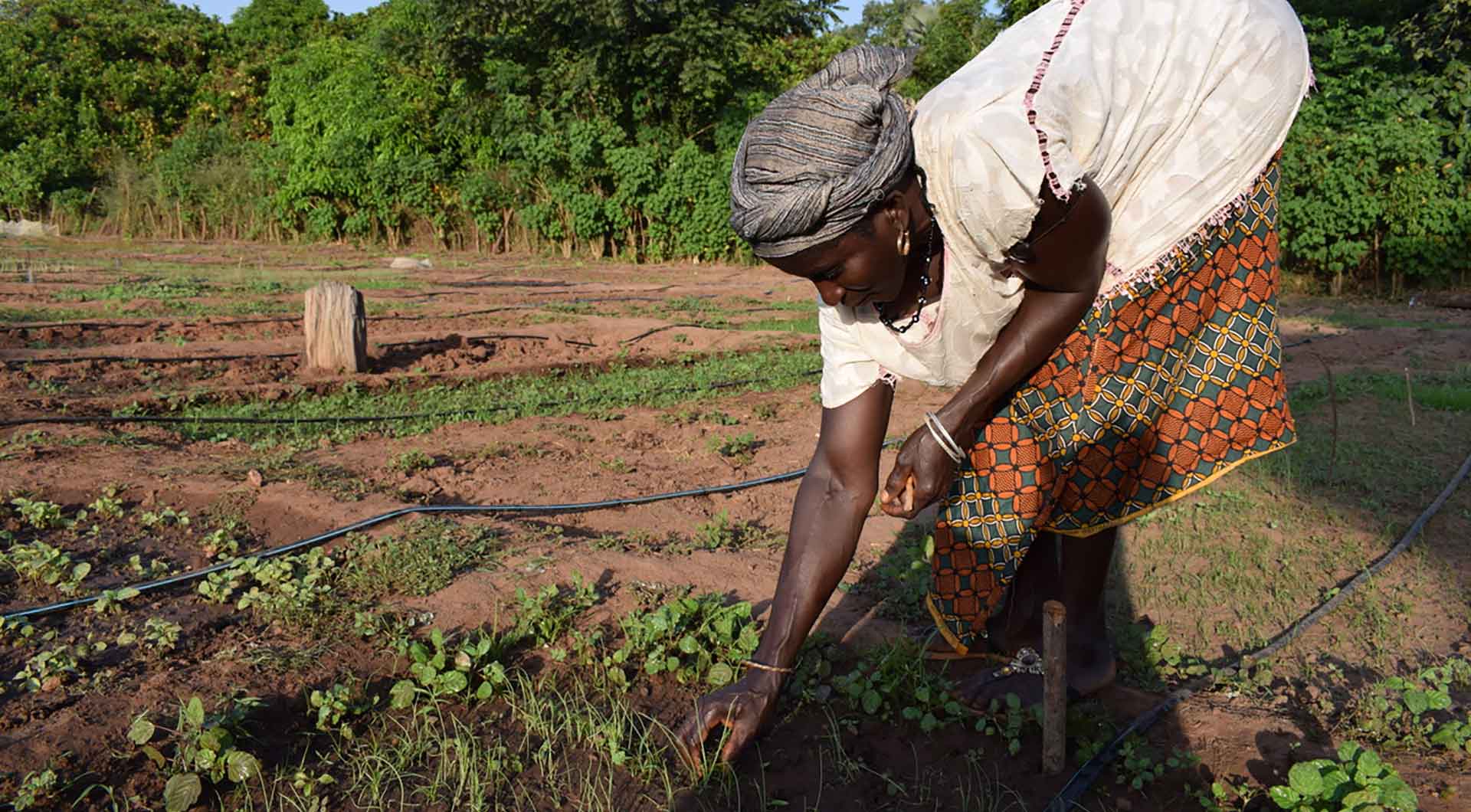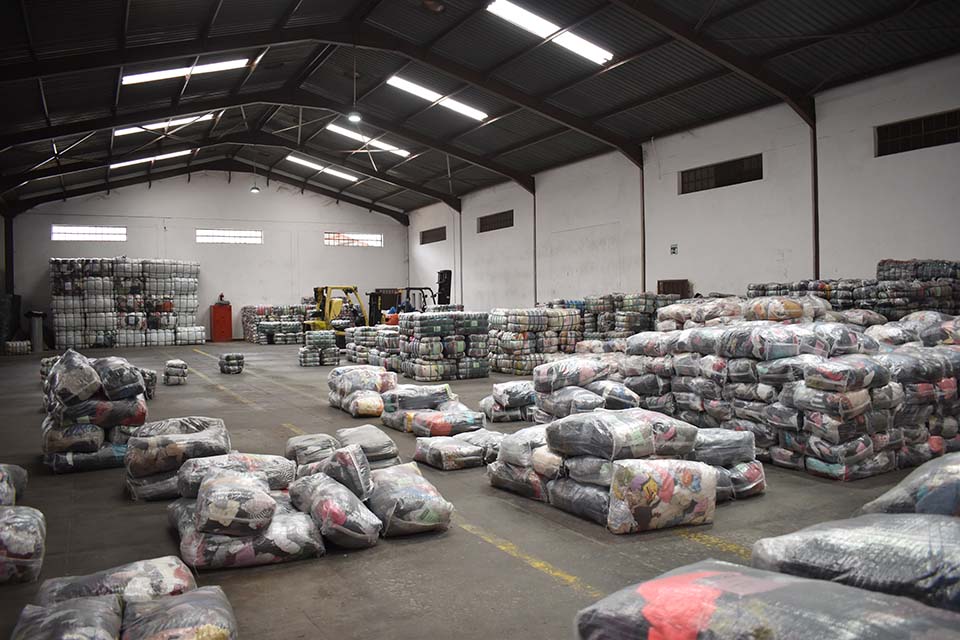

“Textiles are fundamental to the wellbeing of people in Europe and across the world. Textiles provide us with clothing and footwear, keeping us warm and enabling us to express personality and taste. Textiles are also used to make bed linens and towels, carpets and curtains for our homes, offices and public spaces … At the same time, the textile value chain provides jobs to millions of people around the world, contributing to economic growth.”
These words introduce the report “Textiles and the environment in a circular economy” by The European Environment Agency, 2019. The same report highlights the serious negative environmental impact of textile production. Textiles is a complex matter.
This chapter provides some of the definitions and facts concerning textiles and how they are produced, used, and discarded. In other chapters people from DAPP Malawi tell how they make second-hand clothes serve their initial purpose: the wellbeing of people.
This is how textiles harm the environment
“The textile sector, including the fashion industry, has significant environmental footprint across its value chain. Natural fibres, such as cotton and wool, are produced using vast areas of agricultural land and large amounts of water, energy and chemicals, while the manufacture of synthetic fibres is based on fossil fuels. The use of chemicals and additives in textile production exerts significant impacts on local and regional water bodies. Their global distribution network emits greenhouse gases and generates packaging waste. In the use phase, washing and drying of textiles result in significant water and energy use as well as the release of chemicals and micro-plastics into rivers and the marine environment. The sector is a major contributor to climate change through its energy use and waste management.”
-
“Clothing, footwear and household textiles is the 4th highest … pressure category for use of primary raw materials and water (after food, housing and transport). It is the 2nd highest for land use and the 5th highest for greenhouse gas emissions.”
Both quotes are from the report “Textiles and the environment in a circular economy”, EEA | The European Environment Agency, the European Topic Centre on Waste and Materials in a Green Economy, 2019.
Textiles’ impact on climate change
The ”life cycle” of textiles can be divided into 3 phases:
Of the total impact of textiles on climate change 51 % occurs in the production phase, 44 % in the use phase, and 5 % is due to transport*.
* “Environmental Improvement Potential of textiles (IMPRO Textiles)”, JRC scientific and policy reports, January 2014. European Commission Joint Research Centre, Institute for Prospective Technological Studies (IPTS).


